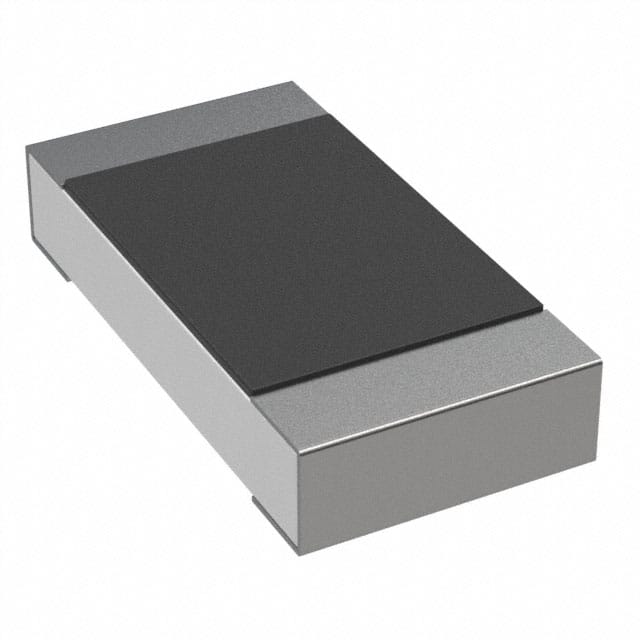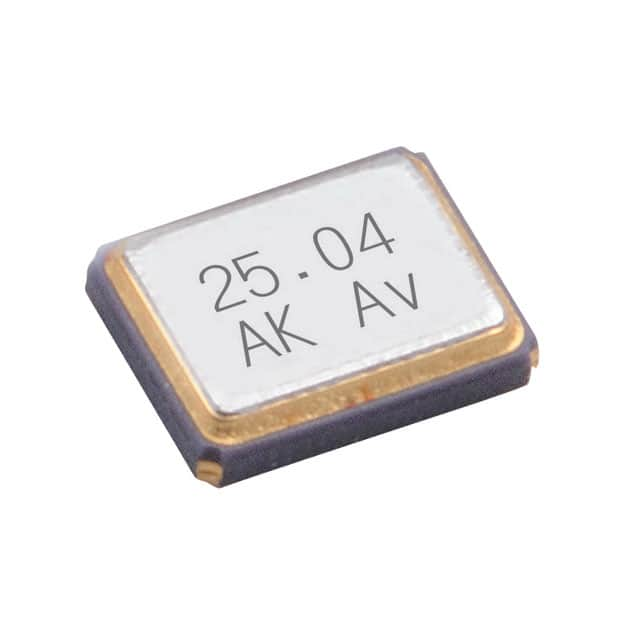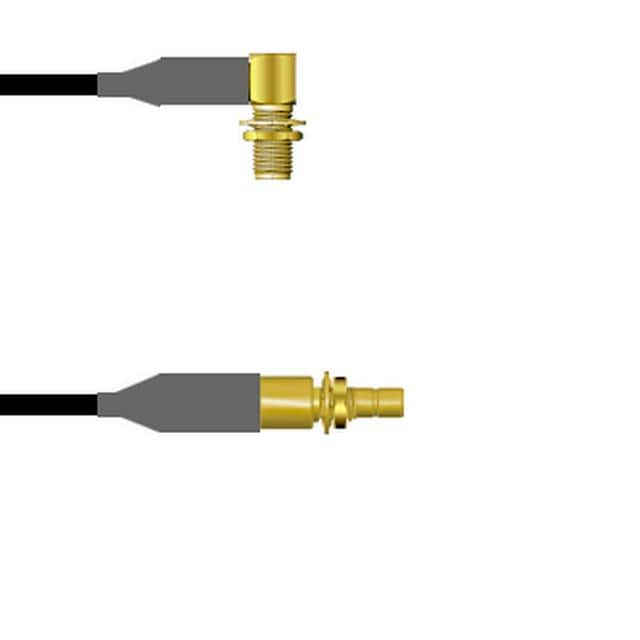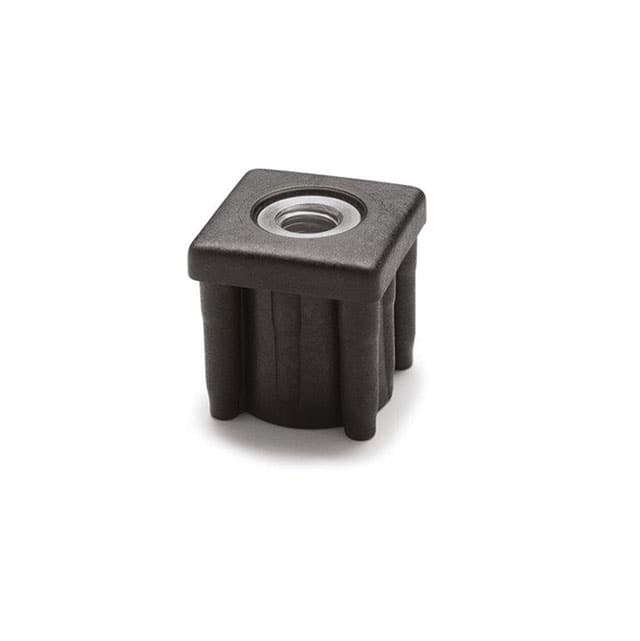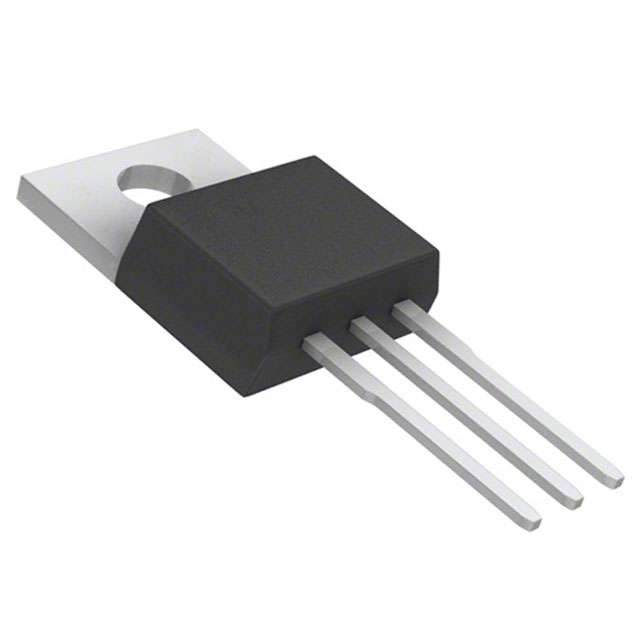The part number "SN74LS10NS" corresponds to a specific integrated circuit (IC) from Texas Instruments. Here are some details about the part:
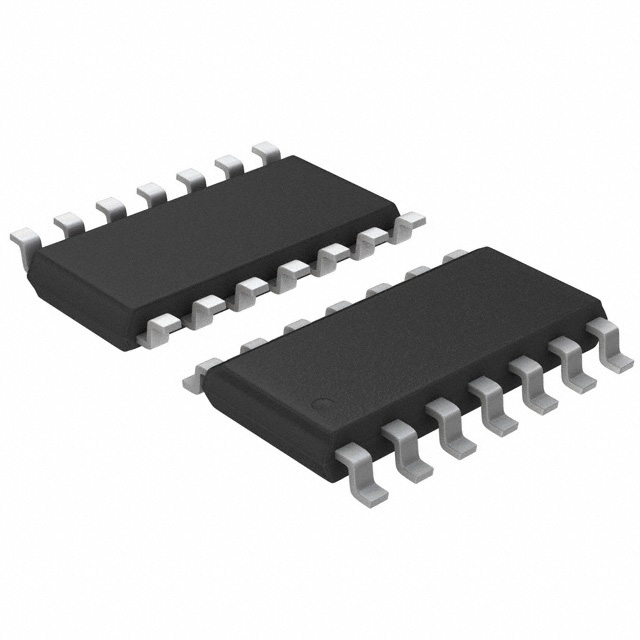
1.Manufacturer: Texas Instruments (TI)
2.Part Number: SN74LS10NS
3.Package Type: The "SN" prefix indicates that it is in a small-outline integrated circuit (SOIC) package, which is a surface-mount package with gull-wing leads.
4.Logic Family: LS (Low-power Schottky) is a type of TTL (Transistor-Transistor Logic) logic family known for its lower power consumption compared to standard TTL.
5.Function: The SN74LS10NS is a Triple 3-Input NAND gate. It consists of three NAND gates, each with three inputs and one output. The IC performs the logical NAND operation on the inputs and produces the result at the output.
6.Operating Voltage: The operating voltage for the SN74LS10NS is typically around 5 volts, which is common for TTL logic ICs.
Features: The SN74LS10NS offers characteristics such as low power consumption, high-speed operation, and compatibility with other TTL logic families.
Please note that this information is based on the general specifications and characteristics of the part. For detailed electrical and operational information, it is recommended to refer to the datasheet provided by Texas Instruments or consult the manufacturer's documentation.
Here are some key parameters and specifications for the SN74LS10NS IC:
1.Logic Family: LS (Low-power Schottky)
2.Number of Gates: Triple 3-Input NAND gate
3.Supply Voltage (Vcc): Typically 5V
4.High-Level Input Voltage (Vih): 2.0V to 7.0V
5.Low-Level Input Voltage (Vil): -0.5V to 0.8V
6.High-Level Output Voltage (Voh): 2.7V (min) at Vcc = 4.75V
7.Low-Level Output Voltage (Vol): 0.5V (max) at Vcc = 4.75V
8.Operating Temperature Range: Commercial (0°C to 70°C)
9.Package Type: Small-outline integrated circuit (SOIC)
10.Input Current: ±0.1mA (max)
11.Output Current: ±8mA (max)
12.Propagation Delay Time: 11ns (typical)
13.Power Dissipation: 44mW (typical)
Please note that these parameters are based on typical values and may vary depending on specific operating conditions and variations in manufacturing. It is recommended to refer to the datasheet provided by Texas Instruments for detailed and precise information about the SN74LS10NS IC.
Tags:SN74LS10NS

